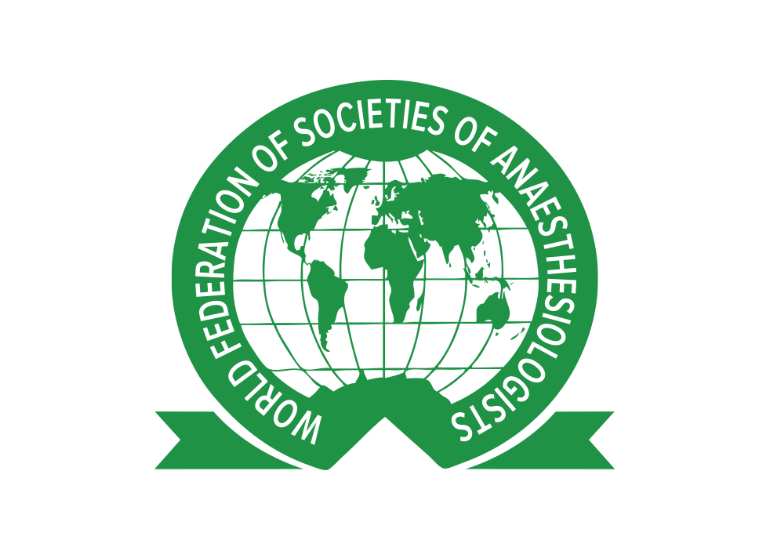International Women’s Day is a welcome opportunity to both celebrate the achievements of women and identify actions to accelerate progress towards gender equality. Nowhere is this more relevant than in the area of global health and more specifically global anaesthesia and surgery. While advances have been achieved, much more needs to be done if we are to achieve true health care equality.
Major progress has been made towards realising Sustainable Development Goal (SDG)_3) and ensuring healthier lives for all at all ages. Millions of people now expect to live longer lives and there has been a reduction in maternal and child mortality rates. However with more than half of the population unable to access basic health care, including safe anaesthesia and surgery and with costs continually rising, we risk stalling this progress. This picture of a faltering advance is especially true for maternal health.
Since 2000, the number of women dying in pregnancy and childbirth has fallen by a third but progress remains slow, with the rate of decline meaning SDG 2030 targets risk being missed. According to estimates 303,000 women a year die in childbirth or from complications arising due to pregnancy. This means every 2 minutes a women dies. Lower and middle income countries are hit hardest, comprising nearly 94% of maternal deaths worldwide. Obstetric violence, a term coined in Latin America refers to the degrading and cruel treatment women receive during pregnancy, childbirth and their postpartum period. The effects of this inhumane treatment has both short and long lasting implications on a woman such as unneeded suffering and pain, humiliation, ill-health, sterility and may even lead to death.
The World Health Organization (WHO) highlights that women who live in rural areas, and women of colour are more likely to experience abusive treatment. This is not limited to lower and middle income (LMIC) settings, in the US maternal death have increased by over 50%, with black women being 3 times more likely than their white counterparts to die while giving birth. The cost to prevent women dying in childbirth is increasing and is projected to increase nearly six fold by 2030.
Strengthening the anaesthesia workforce
As a response to this global need to strengthen obstetric care provision and help reduce the maternal mortality rate, the SAFE Obstetrics course was created to provide a three-day training course dedicated to strengthening the capacity of both physician and non-physician anaesthetic providers in LMICs.
SAFE Obstetrics focuses on the role of the anaesthesia provider in obstetric emergencies through clinical scenarios based on the conditions known to cause 80% of maternal deaths: haemorrhage, sepsis, eclampsia, obstructed labour, the complications of abortion and the complications anaesthesia. The course also provides training on new-born resuscitation.
Since its launch in 2016, over 40 SAFE Obstetrics courses in 16 countries have provided practical tailored training to over 600 anaesthesia providers. To ensure the sustainability of this course a further 318 facilitators have be trained to run their own courses.
Gender pain gap
Gender inequality within the health care sector is not limited to obstetrics, research has shown the notion of a ‘gender pain gap’ noting that women are more likely to be left suffering for much longer in hospitals when complaining of pain. Most notably, an article published on the Harvard Health blog states ‘women in pain are more likely to receive sedatives than pain medication for their aliments.’
To address this imbalance WFSA together is working with its members and partners to improve understanding and practices around how to treat and manage pain. The Essential Pain Management training programme is vital component of this work. Run in over 55 countries the course brings together health care workers to improve their pain knowledge, implement a simple framework for managing pain and address pain management barriers. The EPM programme is designed for any health worker who comes in contact with patients who have pain.
Global health leadership
With the majority of leadership in global health comprised of men, gender equality in health care is often not prioritised. Gender imbalance more often than not results in not enough women being present to influence policy decisions in regards to gendered issues such as sexual and reproductive health, which often end up falling through the gaps. Recognising this issue, WFSA established the Ad-Hoc Gender Committee in 2018, dedicated to ensuring gender balance within the WFSA and to devise and implement support for women anaesthesiologists to participate in leadership training programmes.
By strengthening the leadership, skills and numbers of anaesthesia providers, countries around the globe can deliver health services that are better placed to provide skilled care before, during and after childbirth, thereby improved the health outcomes of millions of women worldwide.






